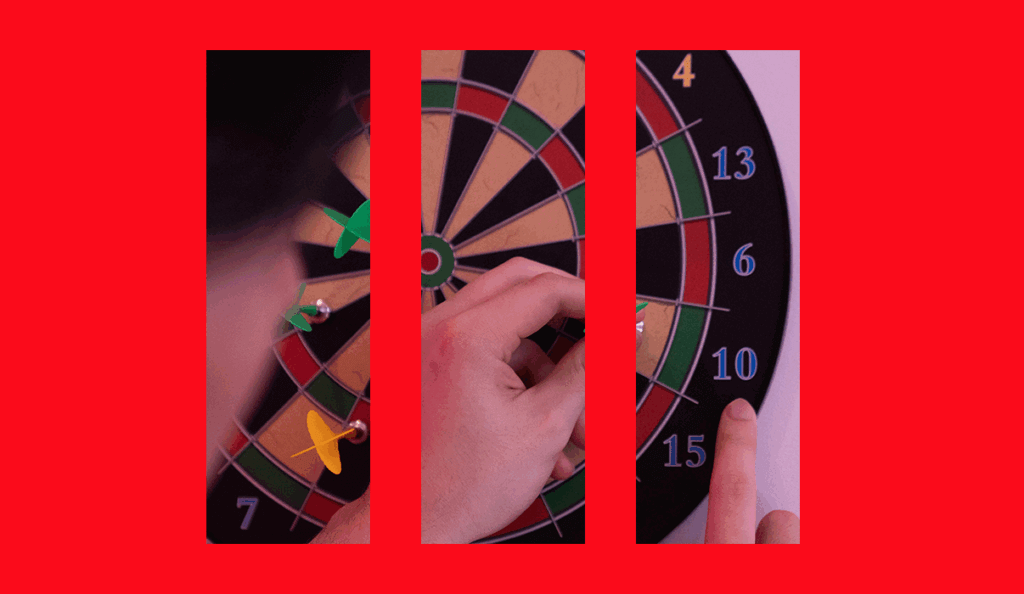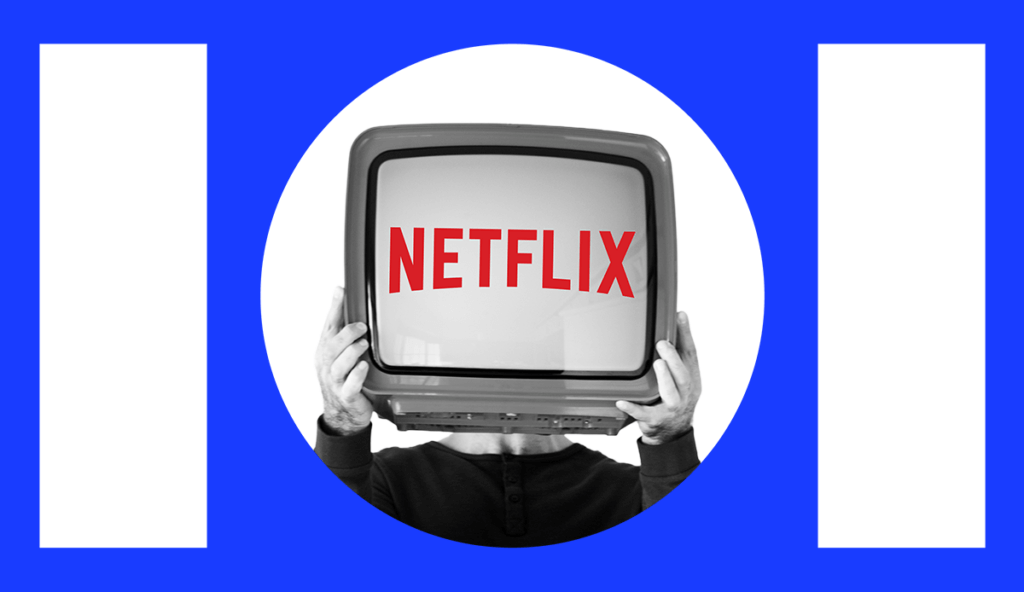How Mobile App Marketers Can Plug User Acquisition Leaks with Smarter Retargeting

Mobile user acquisition is often compared to pouring cash into a leaky bucket, an effort that’s wasteful if marketers fail to engage and retain the audiences they’ve worked so hard to attract. Without ongoing engagement, even the most robust user acquisition campaigns fall under their weight. The best app marketers know these leaks can be plugged via smart re-engagement and retargeting efforts which is also essential for growth and profitability.
So, how can brands build better re-engagement strategies? In an effort to explain just that, experts from M+C Saatchi Performance, along with Singular, break down key steps, timing frameworks, and best practices that can help marketers make retention a performance lever.
Why Retargeting and Re-Engagement Are Better Together
Retargeting and re-engagement are related, yet they are different strategies in the marketer’s box. The most common usage of retargeting refers to paid methods for reaching users who have engaged with the app earlier. Re-engagement, on the other hand, encompasses all methods: paid and organic, to bring back inactive or churned users. This may be in the form of push notifications, in-app messages, emails, SMS, loyalty, or any other forms. While retargeting is a subset, setting it in the context of a re-engagement strategy gives it greater power.
The Data-Driven Business Case for Retargeting
Smart retargeting can deliver powerful business outcomes. According to industry benchmarks:
- Retargeting can double revenue and deliver ten times more engagement.
- Campaigns have been shown to lower CPC by 70%, provide 30% better ROAS, increase retention by 19%, and lead to a 31% rise in ARPU.
- Conversion rates may improve by up to 150%, and retargeted users are 43% more likely to convert.
Going Beyond Paid: The New Re-Engagement Mix
Re-engagement extends beyond just paid ad placements. Push notifications, timely in-app prompts, and value-added email campaigns also provide valuable, cost-effective ways to recapture lapsed users. These methods can double or triple retention and reduce abandoned shopping carts by as much as 26%. Integrating both organic and paid methods empowers marketers to round the corner in today’s privacy-first landscape, especially on platforms like iOS, with more limited tracking.
Why Marketers Can’t Ignore Retargeting
Overlooking retargeting means leaving revenue on the table. High-performing brands patch the “leaky bucket” by unifying retargeting + re-engagement, achieving:
– Higher LTV and retention
– Lower CAC and churn
– Stronger brand recall
Not all churn is intentional. Sometimes a single, well-timed reminder is all it takes to re-ignite intent.
11 Steps to Launch Smarter Retargeting
1. Get your foundations in place
- Integrate all your key data sources: MMP, engagement platforms, and web SDKs.
- Automate audience syncs so cohorts are updated in real time.
- Provide contact information and device identifiers that enhance targeting precision.
- Linking across platforms for the continuity of journeys.
2. Start with free and owned channels
- Start with re-targeting using the channels you already have at your fingertips: push notifications, in-app messaging, emails, and SMS.
- Use deep links in order for your users to land right where they left off for better conversion rates.
3. Run paid retargeting campaigns selectively
- Prioritize audiences who haven’t converted in paid media, such as website visitors who have not signed up or app installers who did not register.
- Engage them using IDs drawn from onboarded information.
- For high-value users, re-engage only when you have something new to say and set frequency caps to avoid overexposure.
4. Match creative and timing to user journeys: Your creative and offers should reflect which stage of the journey your users are currently in:
- Travels: Advertise new routes or seasonal offers.
- E-commerce: Make sure users remember the products viewed, showing urgency signals.
- Fintech: Nurture with education and trust rather than hard CTAs.
- Gaming: Event-based messaging to reinstate interest.
5. Test incrementality early
- Run geo-lift or holdout tests to measure the true lift; that is, it would not have happened otherwise.
- Smaller pools are patient and require longer timeframes for statistically significant results.
6. Watch out for “hidden retargeting”
- Audit automated campaigns more often to avoid spending much on users you have on file.
7. Optimize over time
- Reduce the inactivity window to faster engagement; even small changes can make big differences in retention.
- Always rotate creatives more often while segmenting users by purchase type, value, and urgency for sharper personalization.
8. Build omnichannel re-engagement sequences
- Use contact data gathered on varied touchpoints and combine sequences. Example: Start with a push notification, follow up on WhatsApp, and finish with a retargeting ad.
9. Leverage audience expansion carefully
- When using lookalike or “similar” audiences, make sure to monitor whether platforms are over-expanding your reach beyond true retargeting.
- Keep reporting clean through segregations between pure retargeting, user acquisition, and prospecting results.
10. Use Dynamic Creative Optimization
- Automate your ad creative to show them the exact product they viewed, or dynamically update pricing.
- While e-commerce is leading the race, DCO is being increasingly applied for hyper-relevant ad delivery at scale in travel, fintech, and gaming verticals.
11. Track ROAS at the cohort level
- Measure true value over time, not just campaign level. A campaign could look great short-term and fail to deliver long-term ROI.
- Always measure LTV lift of retargeted users against similar non-targeted cohorts to understand if efforts drive incremental growth.
Pitfalls to Avoid
- Overlapping Campaigns: Avoid targeting the same users across UA, retargeting, and retention for no waste in spend and attribution confusion.
- No testing before full scale: First, run small test campaigns to catch technical or set-up issues before scaling.
- Neglect the post-click experience: Make sure landing pages reflect your ad creative and load fast, so interested users don’t get lost.
- No creative rotation: Always refresh your creatives to avoid creative fatigue and maintain the level of engagement.
8 Keys to Boosting Your ATT Opt-In Rate
- Treat ATT as marketing: Frame your prompt to opt-in, make it sound like a marketing message providing value to users, not personalization.
- Be friendlier and transparent: about improving the experience.
- Focus on how data will help improve: rather than tracking behaviour.
- Mention your brand: People will more probably choose in when they can trust the company, so the brand name should be clear.
- Be short: Keep the message short and simple. Long, complex prompts lose attention fast.
- Ask, don’t tell: Using inviting language, such as “Want personalization?” instead of long permission statements.
- Be humble: Don’t over-promise; simplicity and honesty here will be better received.
- Don’t confuse people: avoid technical terms, and explain easily what “Allow” will really mean.
- Understand the want from others: Tailor your message to user motivations and demonstrate that opting in truly enhances their experience.
Timing Tips for Retargeting
- Gaming: Retarget within 24 to 48 hours of a content drop; use “stuck-point” triggers after 3 to 5 inactive days.
- Retail & e-commerce: Hit cart abandoners fast: remind at 1 to 3 hrs, 24 hrs, and day 3; layer price-drop/restock retargeting for high-intent users.
- Seasonal shopping: Build pre-event momentum and extend 2 to 4 weeks post-holiday for “missed out” shoppers. Timing alone can lift conversions ~21 to 30%.
- Fintech/Finance: Nudge incomplete signups within 24 hrs, then at day 3 with benefits; pulse comms around payday and new tools/cashback launches.
- Health/Fitness/Wellness: Re-engage 1 to 2 days after missed workouts; start campaigns 1 to 2 weeks before health seasons and prompt a new program within 48 hrs of completion.
- Travel/Hospitality: Retarget abandoned searches within 3 to 12 hrs; ramp 6 to 8 weeks before peak seasons and use geo-triggers near airports/stations for timely deals.
- Utilities/Productivity: Send renewal nudges 7 to 14 days before expiry plus a 24-hr last call; re-engage inactives after 3 to 7 days and trigger around major app updates.
Where We Come In
At M+C Saatchi Performance, innovation in performance re-engagement goes beyond traditional remarketing tactics. We’re continually exploring new ways to help brands connect with their audiences across channels, devices, and contexts driving both performance and brand outcomes.
- Omnichannel Programmatic Retargeting: Omnichannel programmatic strategies blur the lines between awareness and performance. Channels like Digital Out-of-Home (DOOH) and Connected TV (CTV) are no longer just brand plays. They can effectively re-engage lapsed users and capture those on the verge of conversion. By leveraging Unified ID 2.0 and a single DSP, brands can seamlessly retarget across DOOH, CTV, and display, maintaining continuity and efficiency across the funnel.
- Advanced iOS Re-Engagement: With Apple’s AdAttributionKit (AdKit), advertisers can access more granular re-engagement measurement, tracking multiple conversion events independently. This opens up new possibilities for deeper attribution and smarter optimization across iOS audiences.
- Omnichannel DSPs and Cross-Device Measurement: We advocate for using a unified DSP for programmatic buys across touchpoints like CTV, audio, and display. This simplifies identity management, reduces duplication, and allows for a holistic measurement framework that captures the real impact of omnichannel retargeting. Cross-device tracking and geo-lift testing help decode performance more accurately than click-based attribution ever could.
- Commerce Media and Predictive Retargeting: Retail media platforms are fast becoming powerful engines for re-engagement. By using AI and machine learning, brands can now predictively retarget users for cross-sell and upsell opportunities ensuring messages are relevant and timely across platforms.
- Proven Results in Practice: For one subscription client, we built a Meta audience retargeting framework rooted in customer journey behaviours. By tailoring creative and messaging to different audience groups, the campaign achieved over 30% higher performance than the CAC goal, proving that thoughtful segmentation and intent-based creative drive tangible business results.
Balancing Budget Allocation
“In my experience, starting with around 20% of your budget for retargeting can be a good baseline. The key is to test, measure, and adjust based on your vertical, geo-based holdouts, and incrementality testing. Retargeting usually adds value, but it’s rarely worth allocating your entire investment there, you have to find what works for you.”
Jonathan Yantz, Managing Partner for the US
See how industry leaders approach retargeting across platforms. Watch the full on-demand webinar for practical tips and strategies here.
Ready to turn retention into your next growth engine? Let’s talk about building your re-engagement strategy.



